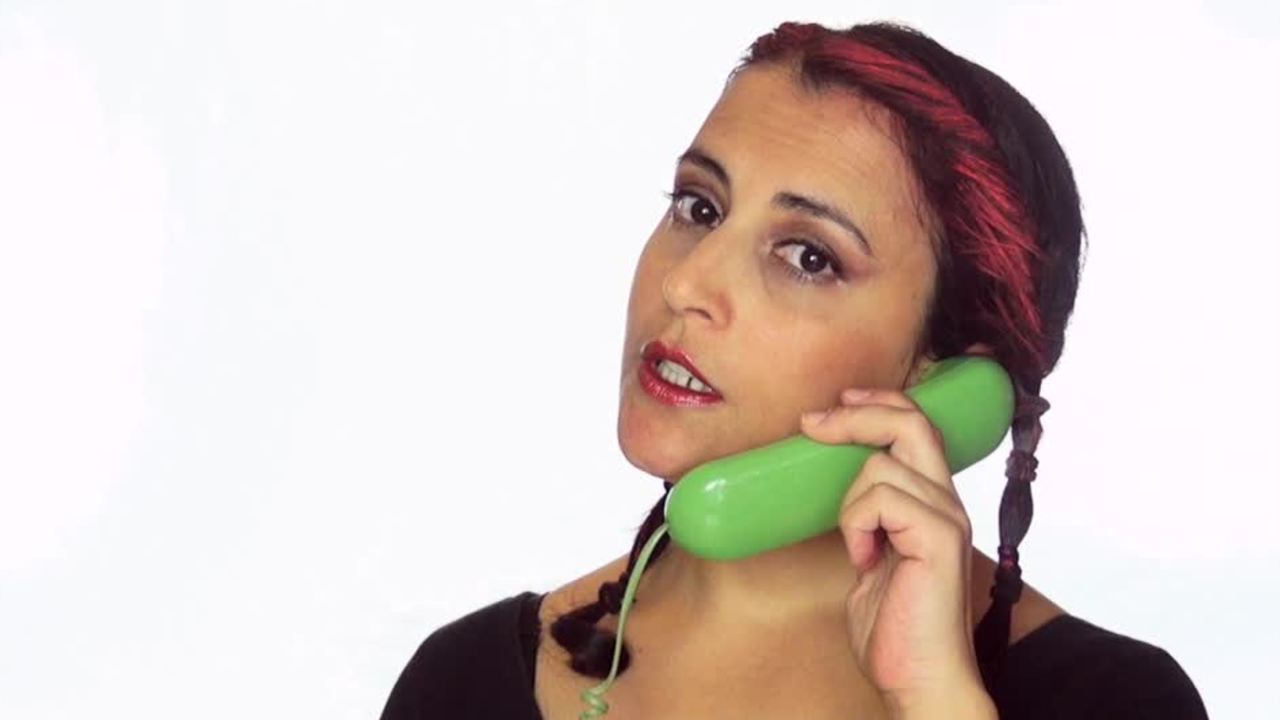
Marika explains a great many things connected with the Italian language and culture. Geared towards beginners, the videos include Italian lessons, simple recipes, conversation, and lots more.
Difficulty:
 Beginner
Beginner
Italy
Marika concentrates on the preposition su [on] in combination with various articles to form the very useful sul, sui, sugli, sulla, sulle and sull'.
Difficulty:
 Beginner
Beginner
Italy
Marika adds the preposition con (with) to the list of prepositions that combine with definite articles.
Difficulty:
 Beginner
Beginner
Italy
Marika talks about three words — piano, credenza, and tempo — that have something important in common. They all have multiple meanings, not just nuances, not just connotations. Technically, they are called polysemous or polysemic words.
Difficulty:
 Beginner
Beginner
Italy
Ready for some more Italian words with various different meanings? Marika talks about albero, batteria, and dado.
Difficulty:
 Beginner
Beginner
Italy
Find out the various different meanings of these words: campo, squadra, and verso.
Difficulty:
 Beginner
Beginner
Italy
Marika gives us a trick for how to know if del, della, or degli (all meaning "of the") are articulated prepositions or partitive articles. Sounds complicated, but isn't really. See her previous videos about these grammar topics: preposizioni articolate - articoli partitivi.
Difficulty:
 Beginner
Beginner
Italy
One tricky thing in lots of languages is when words sound the same but are written differently and have different meanings. In English, these are called, "homophones," part of the larger group, "homonyms."
Difficulty:
 Beginner
Beginner
Italy
Two words can sound the same because in one, there is an article beginning with L connected to the noun by way of an apostrophe (such as l'ago [the needle]) and in the other one, the first letter is L, such as lago [lake]. When we hear them, we distinguish them from the context, because otherwise, there is no way to know.
Difficulty:
 Beginner
Beginner
Italy
Omonimi (homonyms) look and sound the same but have different meanings, sometimes wildly different meanings!
Difficulty:
 Beginner
Beginner
Italy
As promised, Marika talks about the verb tenere (to keep, to hold), beginning with its conjugation. Let's keep in mind that Italian tenses don't always correspond to the English ones. For example, the passato prossimo is conjugated like the English present perfect tense, but is used differently in expressing events in time. The imperfetto is translated various ways in English. See this lesson about the imperfetto.
Difficulty:
 Beginner
Beginner
Italy
We learn in this segment that the verb tenere can mean not only "to hold," but also "to keep" or "to have."
Difficulty:
 Beginner
Beginner
Italy
Here's the last segment about the verb tenere where Marika provides several expressions using the verb. In some cases, we can use "to keep" and "to hold" when translating, but not always.
Difficulty:
 Beginner
Beginner
Italy
We take a deep dive into the common and very useful verb vedere (to see). First of all, we look at how it is conjugated. Then we go on to its meaning, as well as some expressions.
Difficulty:
 Beginner
Beginner
Italy
Are you ready for plenty of expressions using the verb vedere (to see)? Andiamo a vedere (let's go see)!
Difficulty:
 Intermediate
Intermediate
Italy
Here are some more expressions featuring the verb vedere (to see). For non-native speakers, a few of them might be a little tricky to understand, but others might be very useful to learn and use.
Are you sure you want to delete this comment? You will not be able to recover it.